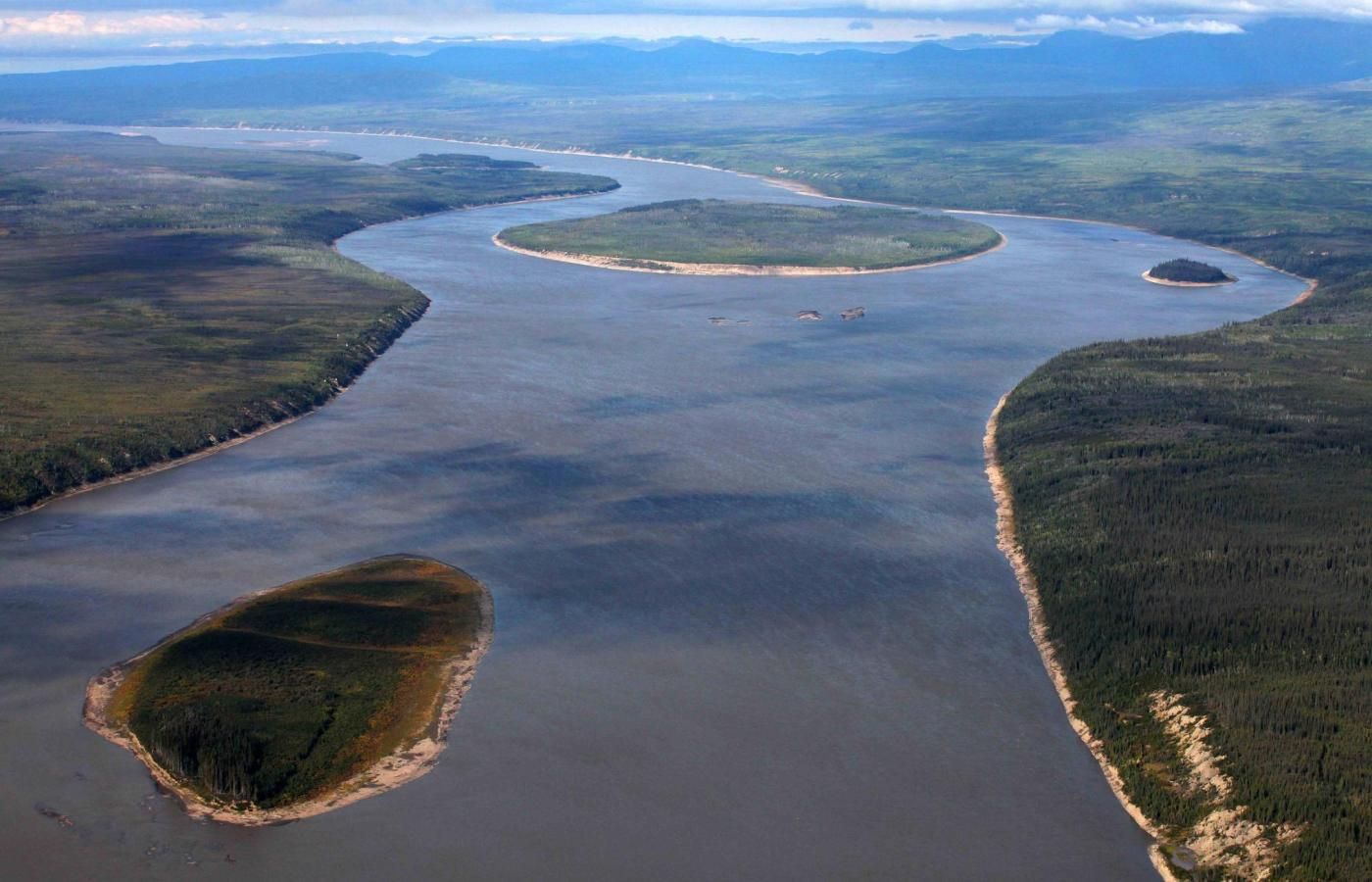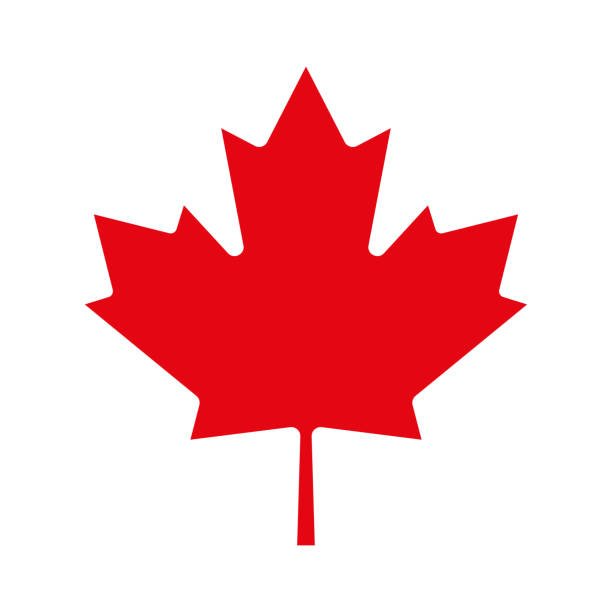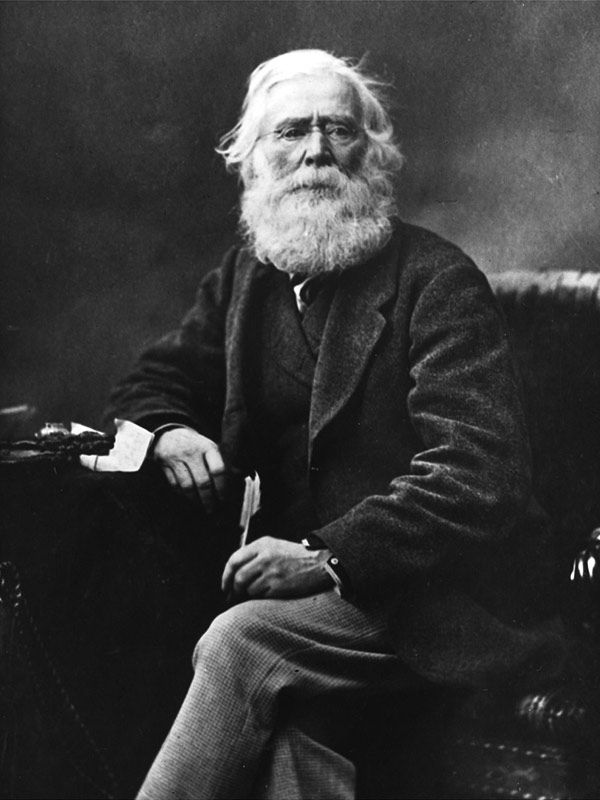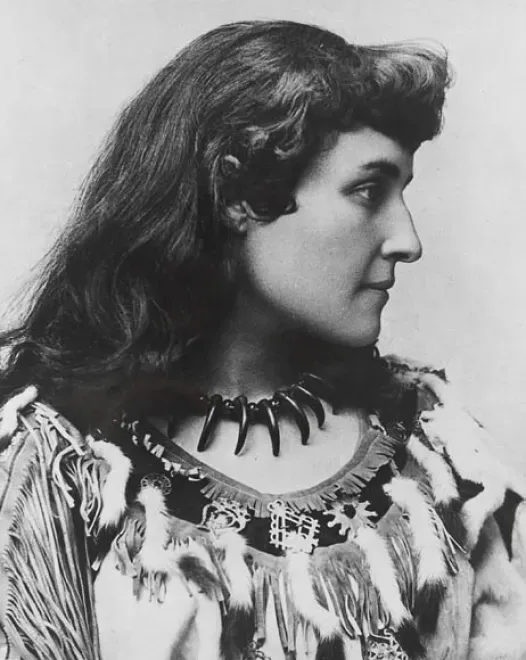Canadian Immigration & Pier 21
A Cornflakes Welcome to Canada. Pier 21 was the entrance point to Canada for over one million immigrants between the years 1928 and 1971. It was an ocean liner terminal situated in Halifax, Nova Scotia that has now been turned into a Canadian Museum of Immigration.

The lives of hundreds of men, women and children were forever changed as their ocean liners docked at Pier 21. These excited immigrants entered the facility full of dreams of a new life in Canada. Immigration officials greeted them and began the process of documentation and health checks.
Many were given small boxes of Cornflakes. The newcomers had never seen anything like this before and gingerly opened the boxes and sampled the little flakes which they were assured were nutritious. Adults eventually put the boxes down while the children would toss them to each other as a game. In no time the floor became covered with the crispy Cornflakes which provided a rather crunchy surface for the curious newcomers. Many still reference this unusual grand entrance to their new country.
The Gateway to Canada:
Pier 21 opened on March 8, 1928 and quickly became known as the finest immigration facility on the continent and gained the reputation as the “gateway to Canada.”
It also served as a passenger terminal for trans-Atlantic Ocean liners, as well as a departure point for 496,000 military troops during World War II. As the war continued, a special medical unit was established to help move wounded soldiers from hospital ships to special hospital trains. Over 90,000 aviators who came to Canada to train as part of the British Commonwealth Air Training Plan landed at Pier 21. Over 2,000 child evacuees from the United Kingdom arrived at Pier 21 during the war. At the end of the war, Pier 21 welcomed home returning troops and war brides.
Post World War II:
The postwar years were some of the busiest for Pier 21. Immigrants came from all over Europe, the majority from the United Kingdom, Italy, West Germany, the Netherlands and Poland. 48,000 war brides, along with 22,000 of their children stepped off the ocean liners at Pier 21. They were anxious to reunite with their soldier husbands and start a new life in Canada.
One war refugee, Rosalie Abella, summarized what Pier 21 meant to her. “Opportunity, generosity, and idealism is what this Pier stands for - Canada’s best self. It is the Canada that let us in, the Canada that took one generation’s European horror story and made it into another generation’s Canadian fairytale.” Abella was born in a Displaced Persons camp in Germany in 1946 and arrived in Canada with her parents in 1950. She would go on to become the first Jewish woman appointed to the Supreme Court of Canada.
Pier 21 Closes:
During the 1960’s immigration into Halifax dropped from nearly 26,000 in 1959 to less than 1,200 in 1970. Air travel surpassed shipping as a preferred means of immigration. The Pier closed in March 1971.
On July 1, 1999, Pier 21 opened as a National Historic Site and has become one of Canada’s most popular historic museums. Many Canadians return to review their family history, recalling stories of their grandparents and great grandparents who made the long journey across the ocean to find a new home in Canada.
Pier 21 contributed to Canada’s national character that was shaped by immigration and now stands as a testament to our nation’s multicultural past, present and future.
Joy Dirks
September 2022



